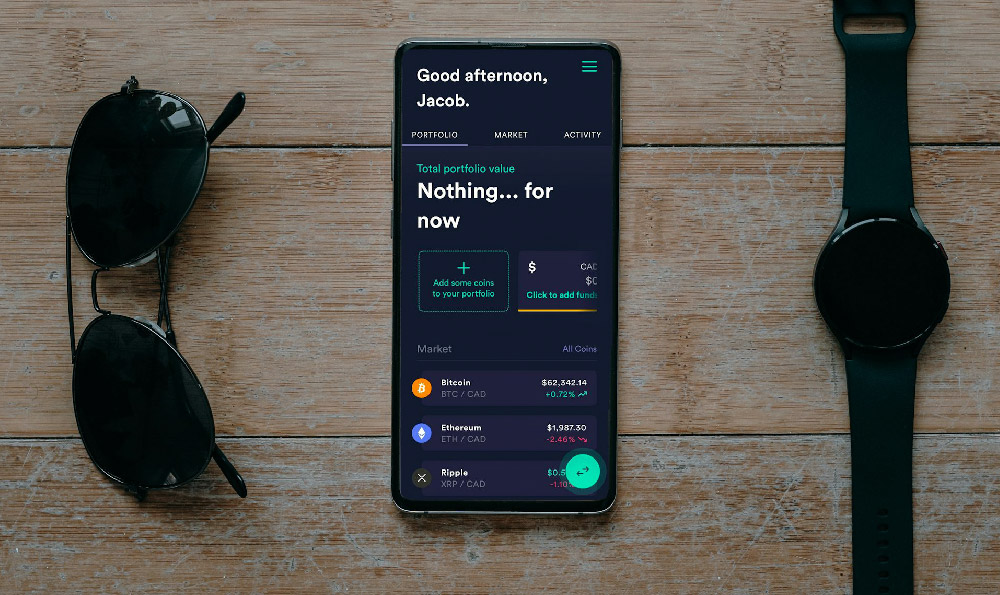
App developers employ a diverse range of monetization strategies to generate revenue from their creations. The optimal approach varies depending on factors such as the app's target audience, its core functionality, the competitive landscape, and the developer's overall business goals. Successfully monetizing an app requires a delicate balance between maximizing revenue and maintaining a positive user experience. Aggressive or poorly implemented monetization tactics can quickly alienate users, leading to negative reviews, reduced engagement, and ultimately, app failure. Therefore, a thoughtful and strategic approach is paramount.
One of the most common monetization methods is the in-app purchase (IAP) model. This involves offering the app for free (or at a low initial cost) and then charging users for access to premium features, virtual goods, or content within the app. IAPs can be implemented in several ways. One popular variant is the freemium model, where the basic app functionality is free, but users must pay to unlock advanced features or remove limitations. Another is the sale of virtual currency that can be used to purchase items within the app, commonly seen in mobile games. Subscription models, a type of IAP, are particularly effective for apps offering ongoing value, such as streaming services, productivity tools, and fitness apps. Subscriptions provide recurring revenue, making it easier to forecast income and plan for future development. However, implementing IAPs effectively requires careful consideration of pricing, perceived value, and the potential for user frustration. If users feel like they are constantly being pressured to pay for essential features, they are likely to abandon the app.
Advertising represents another significant revenue stream for app developers. In-app advertising can take various forms, including banner ads, interstitial ads (full-screen ads), rewarded video ads, and native ads (ads designed to blend seamlessly with the app's content). Banner ads are relatively unobtrusive but often generate lower revenue compared to other formats. Interstitial ads offer higher visibility but can be disruptive if displayed too frequently. Rewarded video ads, where users receive an in-app reward for watching a video, are often viewed more favorably, as users actively choose to engage with the advertisement. Native ads, when executed well, can be the least intrusive and most effective, but require more effort to implement properly. Choosing the right advertising format depends on the app's design and the developer's tolerance for disrupting the user experience. Data privacy considerations surrounding advertising also play a crucial role, and developers must be transparent about data collection practices and comply with relevant regulations.

Paid Apps, where users pay a one-time fee to download the app, are a straightforward monetization approach. This model works best for apps that offer significant value or address a specific need that users are willing to pay for upfront. The paid app model avoids the complexities of IAPs and advertising, but it can be challenging to attract users in a market saturated with free alternatives. Demonstrating the app's unique value proposition and providing compelling previews or trials can help overcome this hurdle.
Affiliate Marketing involves partnering with other businesses to promote their products or services within the app. Developers earn a commission for each sale or lead generated through their app. This approach can be effective for apps that cater to a specific niche or have a highly engaged user base. For example, a travel app could partner with hotels or tour operators to offer exclusive deals to its users.
Data Monetization is a more controversial and often ethically complex strategy. It involves collecting and selling anonymized user data to third parties. While this can generate significant revenue, it raises serious privacy concerns and can damage the developer's reputation if not handled responsibly. Developers should be extremely cautious when considering data monetization and prioritize user privacy above all else. Transparently disclosing data collection practices in the app's privacy policy is essential, and users should have the option to opt out of data collection.
Beyond these core strategies, developers also utilize more specialized approaches. Sponsorships can involve partnering with brands to integrate their branding or products into the app's content. Crowdfunding can be used to raise capital for app development, with backers receiving early access or exclusive features. Furthermore, white-labeling the app or certain functionalities can allow other businesses to pay for the app and customize it for their own customers.
Successful app monetization requires a holistic approach that considers the user experience, the app's value proposition, and the competitive landscape. It's not simply about maximizing revenue in the short term, but about building a sustainable business that provides long-term value to users. Rigorous testing and analysis are critical to understanding how different monetization strategies impact user behavior and revenue generation. A/B testing different pricing models, ad placements, or IAP offerings can help developers optimize their monetization strategy for maximum effectiveness. Finally, developers must stay abreast of evolving industry trends and regulations to ensure their monetization practices are ethical, compliant, and sustainable. Building trust with users is paramount.




